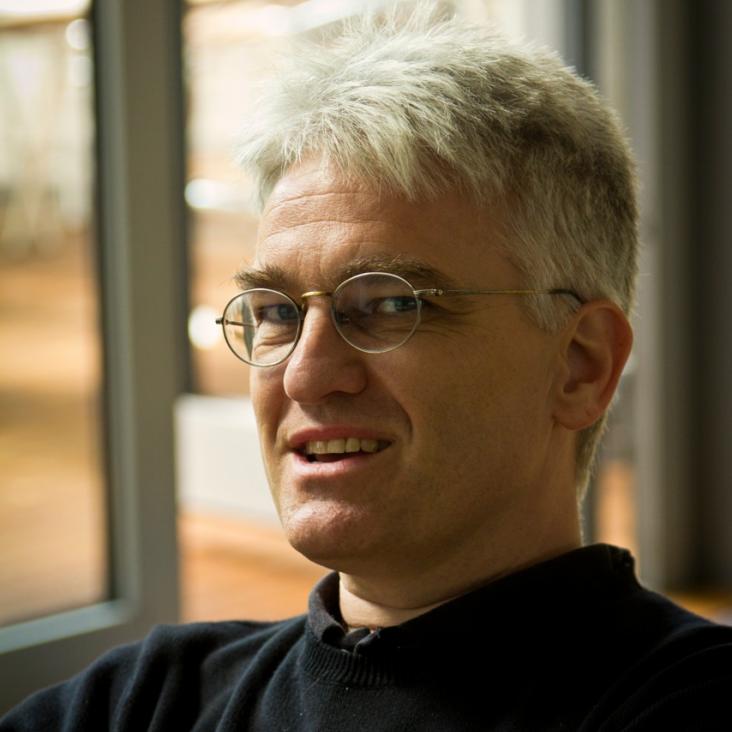Time evolution of local observables after quenching to an integrable model
Physical Review Letters 110:25 (2013)
Abstract:
We consider quantum quenches in integrable models. We argue that the behavior of local observables at late times after the quench is given by their expectation values with respect to a single representative Hamiltonian eigenstate. This can be viewed as a generalization of the eigenstate thermalization hypothesis to quantum integrable models. We present a method for constructing this representative state by means of a generalized thermodynamic Bethe ansatz (GTBA). Going further, we introduce a framework for calculating the time dependence of local observables as they evolve towards their stationary values. As an explicit example we consider quantum quenches in the transverse-field Ising chain and show that previously derived results are recovered efficiently within our framework. © 2013 American Physical Society.Stationary behaviour of observables after a quantum quench in the spin-1/2 Heisenberg XXZ chain
ArXiv 1305.0468 (2013)
Abstract:
We consider a quantum quench in the spin-1/2 Heisenberg XXZ chain. At late times after the quench it is believed that the expectation values of local operators approach time-independent values, that are described by a generalized Gibbs ensemble. Employing a quantum transfer matrix approach we show how to determine short-range correlation functions in such generalized Gibbs ensembles for a class of initial states.Stationary behaviour of observables after a quantum quench in the spin-1/2 Heisenberg XXZ chain
(2013)
Shell-filling effect in the entanglement entropies of spinful fermions
Physical Review Letters 110:11 (2013)
Abstract:
We consider the von Neumann and Rényi entropies of the one-dimensional quarter-filled Hubbard model. We observe that for periodic boundary conditions the entropies exhibit an unexpected dependence on system size: for L=4 mod 8 the results are in agreement with expectations based on conformal field theory, while for L=0 mod 8 additional contributions arise. We explain this observation in terms of a shell-filling effect and develop a conformal field theory approach to calculate the extra term in the entropies. Similar shell-filling effects in entanglement entropies are expected to be present in higher dimensions and for other multicomponent systems. © 2013 American Physical Society.Reduced Density Matrix after a Quantum Quench
ArXiv 1302.6944 (2013)


